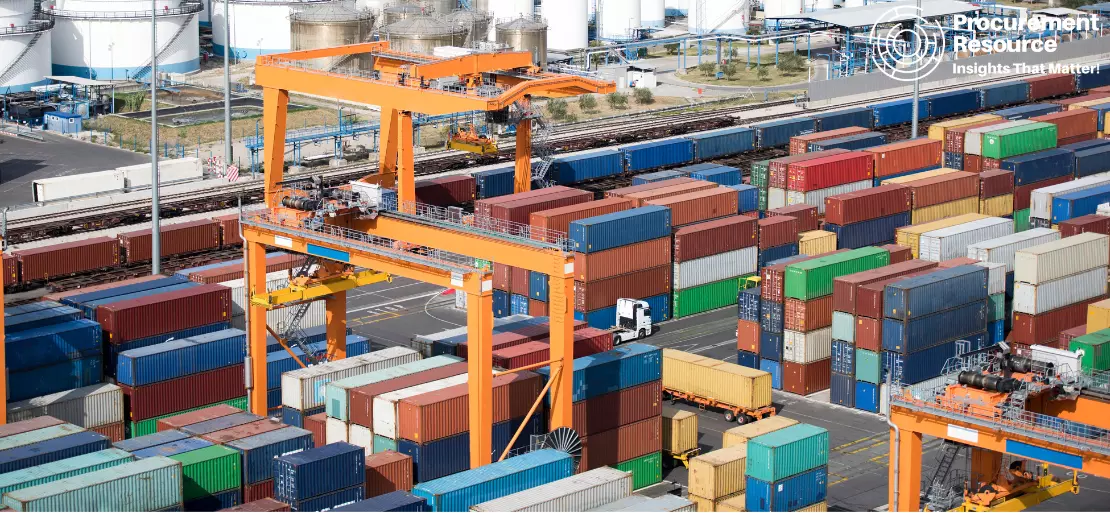Extreme Port Congestion Leaves USD 24 Billion in Goods Floating Outside California's Biggest Ports

Extreme port congestion has turned into a significant nuisance that is not going away anytime soon. Unfortunately, it may also be one of the most pressing issues in 2022. Addressing his clients in a note on Monday, Goldman Sachs cautioned that backlogs and high shipping costs are likely to last at least until the middle of the next year. In the research report, the bank's economists concluded that no immediate solution for the underlying supply-demand imbalances at United States ports is available.
This is bad news for the economy and for ordinary Americans since supply chain bottlenecks raise costs, delay shipments, and limit consumer choices. Prices are growing at their quickest rate in a year since 2008. According to Adobe Analytics, the number of out-of-stock products online has increased by 172% since January 2020. The most visible sign of the supply-chain crisis is the scores of container ships waiting to be offloaded outside the ports of Los Angeles and Long Beach. According to Goldman Sachs, there is a whopping USD 24 billion worth of products stranded outside those two ports alone.
However, even once ships are able to land and unload, shipping containers might remain in ports for days.
According to Goldman Sachs, roughly one-third of shipping containers at the ports of Los Angeles and Long Beach languished for more than five days after being unloaded, compared to low single-digit percentages before the pandemic. The White House, earlier this month, said that the Port of Los Angeles, unions, and a number of big corporations have agreed to operate 24*7. Goldman Sachs said the move might help at the margin but also requires cooperation from other ports, truck drivers, rail operators, and warehouses. The shortage of workers, including truck drivers, still remains a critical issue.
This is a major problem, especially beyond the California ports. Nationally, the time it takes loaded ships to make it through United States ports has tripled from the historical norms. That is why Goldman Sachs expects congestion at ports to ease just slightly in the coming months as the United States moves beyond the peak for shipping demand related to the holiday season. According to Goldman Sachs, as long as there are no further shocks to supply chains such as COVID-19 outbreaks and the consequent lockdowns, congestion should ease more meaningfully after the Chinese New Year in February.
The report concluded that, however, congestion would likely persist to some extent through at least the middle of next year, and the analysts expect that freight rates will likely remain meaningfully above pre-pandemic levels for at least the next year.
Moody's Analytics similarly warned last week that supply chain stress is intensifying and showing no sign of subsiding just yet. Earlier this month, Transportation Secretary Pete Buttigieg told CNN that United States supply chain problems will certainly continue into 2022.

